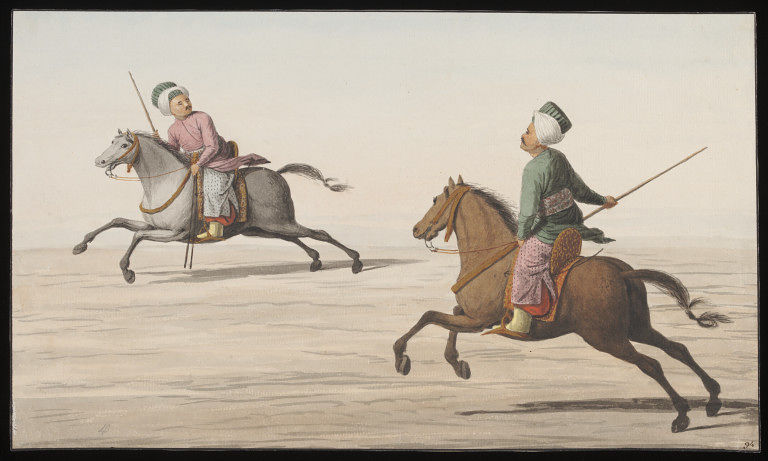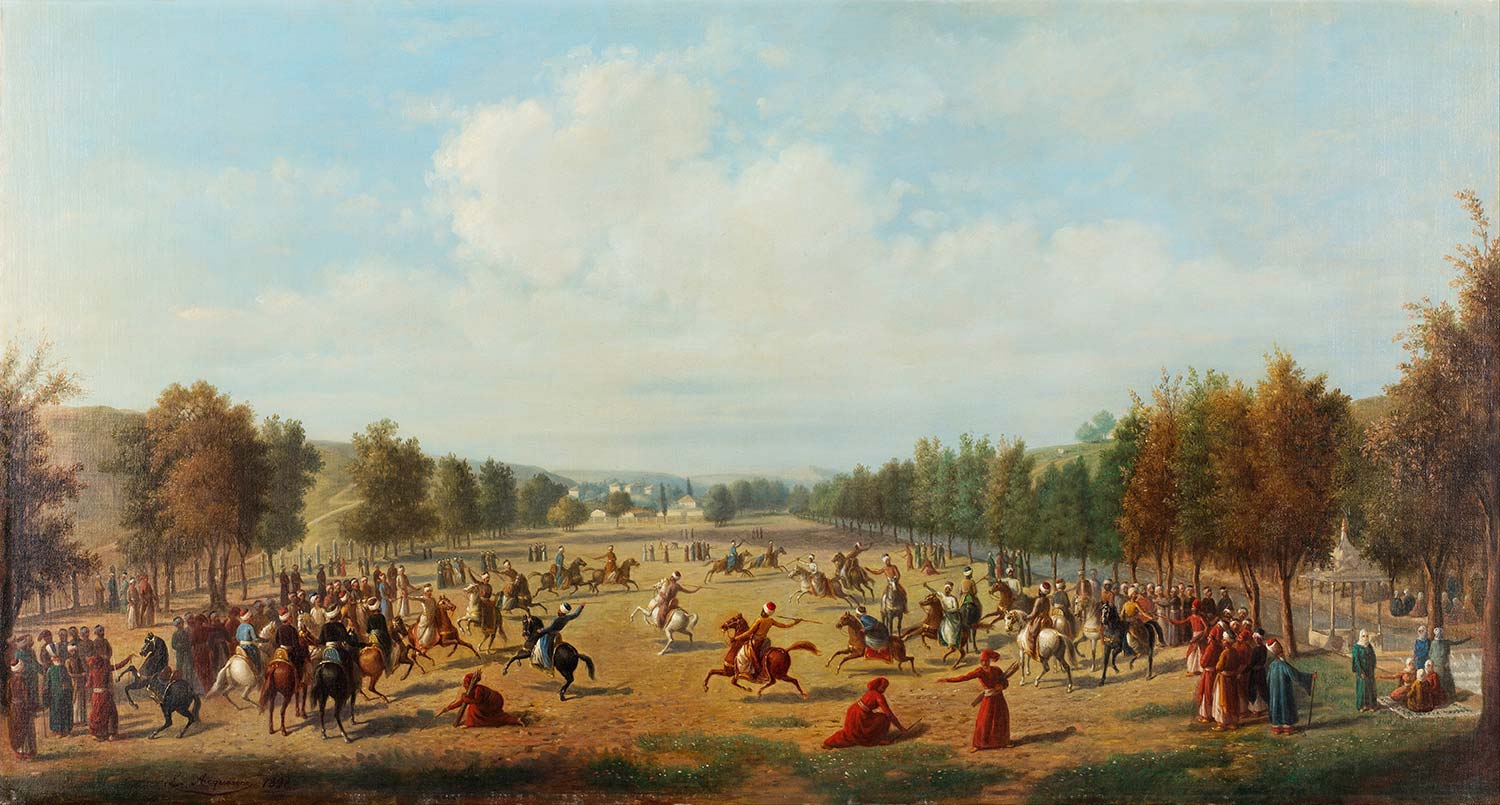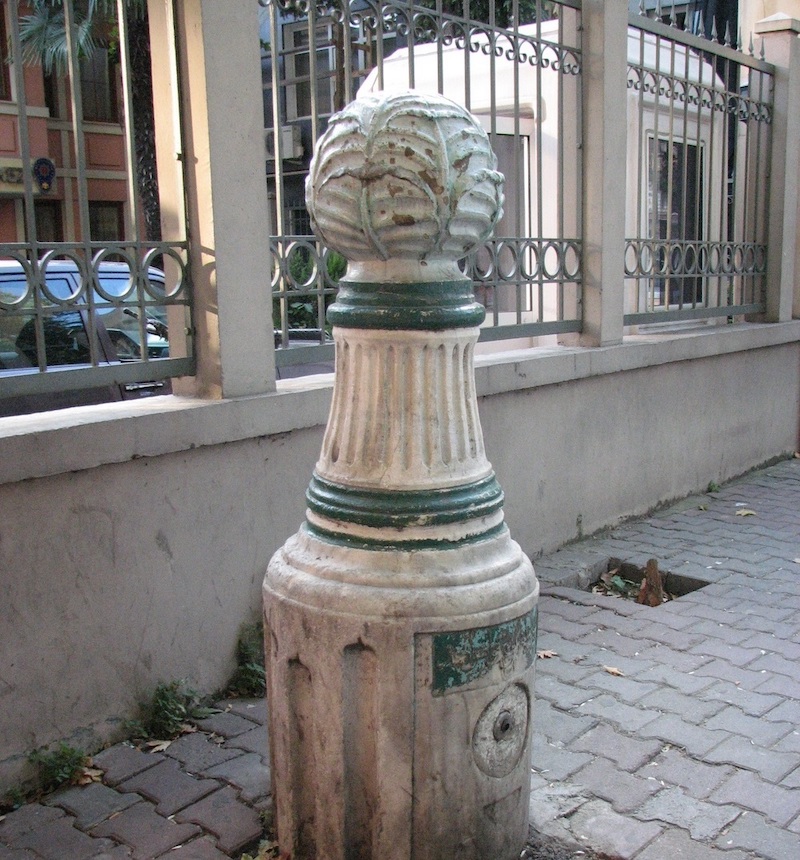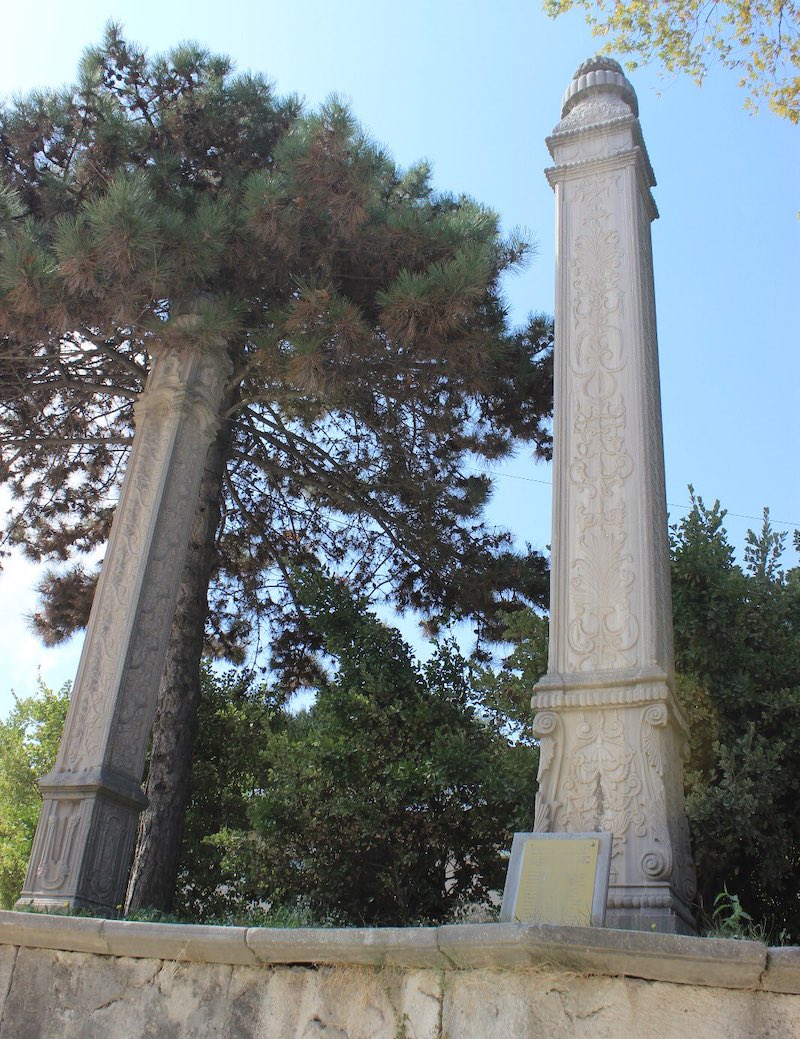
The Ottoman palace was a crucible of young talent, where future statesmen and warriors honed their skills. Among the most exciting activities was the game of javelin, a source of both entertainment and military preparation.
The palace's young pages, known as icoglans, were immersed in this ancient Turkish war game, transforming a battlefield tactic into a spirited competition.
Equipped with a mizrak, a specialized type of spear, the icoglans engaged in thrilling contests.
These games were more than mere spectacles; they were integral to the Enderun curriculum, the palace school where young men were shaped into the empire's elite.
By mastering the javelin, the icoglans developed the horsemanship and martial skills essential to the Ottoman warrior.

Within the palace, two main teams were formed for the javelin games: the Cabbages (Lahanacilar) and the Okras (Bamyacilar).
These teams played a significant role not only in the games but also in the social life of the palace. The Cabbages and Okras were special groups formed within the Enderun and were recognized by their distinct symbols and colors.
According to one legend, the names of these teams originated after the Battle of Ankara. To strengthen his army, Celebi Mehmed took 200 cavalrymen for training, with some training for himself and others for his son Murad.
Since the okra from Amasya and cabbage from Merzifon were famous, the teams were named Okras and Cabbages, respectively.

Ottoman sultans sometimes supported one of these teams, leading to significant rivalries within the palace. For instance, during the reign of Sultan Mahmud II, the Okras were favored, while during the reign of Sultan Selim III, the Cabbages received support.
This partiality was reflected not only in the games but also in the architecture of the time, with sultans commissioning structures adorned with symbols of their favored teams.

While javelin games were once exciting events in the palace, some games eventually escalated into serious conflicts. The violence that erupted during a game in 1812, under Sultan Mahmud II, led to the game's prohibition.
By 1826, javelin games were completely abolished, marking the end of this colorful tradition.
The Cabbages and Okras were more than just teams; they symbolized social and political rivalries within the Ottoman palace.
This vibrant history offers valuable insights into the social dynamics and entertainment culture of the Ottoman era.